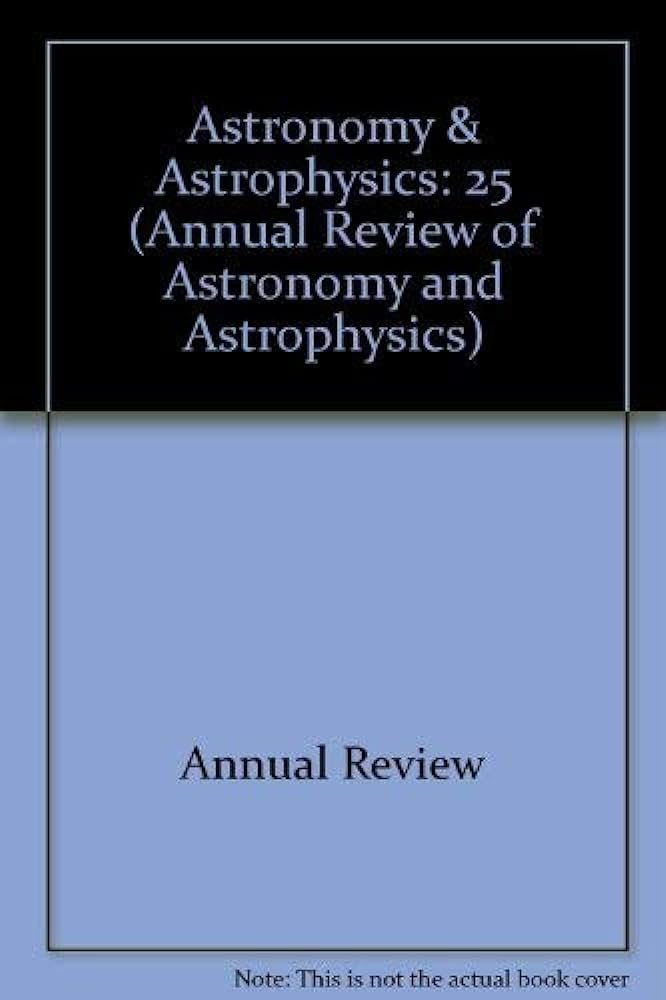Spirals in Galaxies
IF 32.5
1区 物理与天体物理
Q1 ASTRONOMY & ASTROPHYSICS
Annual Review of Astronomy and Astrophysics
Pub Date : 2021-10-11
DOI:10.1146/annurev-astro-052920-104505
引用次数: 14
Abstract
Spirals in galaxies have long been thought to be caused by gravitational instability in the stellar component of the disk, but discerning the precise mechanism had proved elusive. Tidal interactions, and perhaps bars, may provoke some spiral responses, but spirals in many galaxies must be self-excited. We survey the relevant observational data and aspects of disk dynamical theory. The origin of the recurring spiral patterns in simulations of isolated disk galaxies has recently become clear, and it is likely that the mechanism is the same in real galaxies, although evidence to confirm this supposition is hard to obtain. As transient spiral activity increases random motion, the patterns must fade over time unless the disk also contains a dissipative gas component. Continuing spiral activity alters the structure of the disks in other ways: reducing metallicity gradients and flattening rotation curves are two of the most significant. The overwhelming majority of spirals in galaxies have two- or three-fold rotational symmetry, indicating that the cool, thin disk component is massive. Spirals in simulations of halo-dominated disks instead manifest many arms and, consequently, do not capture the expected full spiral-driven evolution. We conclude by identifying areas where further work is needed. Expected final online publication date for the Annual Review of Astronomy Volume 60 is August 2022. Please see http://www.annualreviews.org/page/journal/pubdates for revised estimates.星系中的螺旋
长期以来,星系中的螺旋一直被认为是由星系盘恒星成分的引力不稳定引起的,但事实证明,要辨别出确切的机制是难以捉摸的。潮汐相互作用,也许是条带,可能会引发一些螺旋反应,但许多星系中的螺旋必须是自激的。我们调查了相关的观测数据和圆盘动力学理论的各个方面。最近,孤立盘星系模拟中反复出现的螺旋模式的起源变得清晰起来,而且在真实星系中这种机制很可能是相同的,尽管很难获得证实这一假设的证据。随着瞬态螺旋活动增加随机运动,除非圆盘也包含耗散气体成分,否则模式必须随着时间的推移而消退。持续的螺旋活动以其他方式改变了圆盘的结构:降低金属度梯度和使旋转曲线变平是最重要的两个。星系中绝大多数的螺旋都具有两倍或三倍的旋转对称性,这表明冷却的薄圆盘成分是巨大的。光环主导的圆盘模拟中的螺旋反而表现出许多臂,因此,没有捕捉到预期的全螺旋驱动的进化。最后,我们确定了需要进一步工作的领域。《天文学年度评论》第60卷预计最终在线出版日期为2022年8月。请参阅http://www.annualreviews.org/page/journal/pubdates用于修订估算。
本文章由计算机程序翻译,如有差异,请以英文原文为准。
求助全文
约1分钟内获得全文
求助全文
来源期刊

Annual Review of Astronomy and Astrophysics
地学天文-天文与天体物理
CiteScore
54.80
自引率
0.60%
发文量
14
期刊介绍:
The Annual Review of Astronomy and Astrophysics is covers significant developments in the field of astronomy and astrophysics including:The Sun,Solar system and extrasolar planets,Stars,Interstellar medium,Galaxy and galaxies,Active galactic nuclei,Cosmology,Instrumentation and techniques,
History of the development of new areas of research.
 求助内容:
求助内容: 应助结果提醒方式:
应助结果提醒方式:


